May 2018 - Giulia has passed her viva!
Congratulations to Giulia who has just passed her PhD viva! Really well done and a great viva talk too.
Congratulations to Giulia who has just passed her PhD viva! Really well done and a great viva talk too.
Salomé's work in collaboration with Daan van Aalten's group shows the importance of addressing questions of medical relevance by a multidisciplinary approach, as published in Cell Chemical Biology. See also press reports in, e.g., Drug Discovery Today.
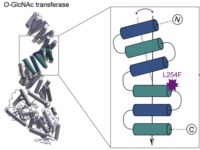
We summarise recent developments and the present status of the field of VDAC structure and dynamics in a review in Front. Physiol.
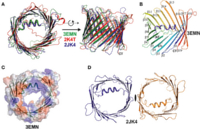
The potential importance of the intracellular movement of sodium ions across GPCRs is shown in the journal Structure.
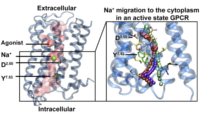
Giulia's experimental and computational work on the regulation of the efflux duct MtrE have now been published online in Scientific Reports.
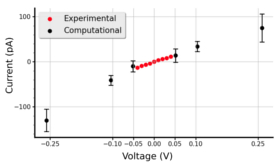
The results our Postdoc Salomé obtained on the ABC-driven efflux pump MacAB-TolC from E. coli in a collaboration with Ben Luisi and Dijun Du from the Cambridge University have now been published in the journal Nature Microbiology. See also Press release.
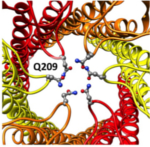
Alex's work on the functional mechanism of NorM from Vibrio cholerae is now available as manuscript in press.
Owen's review on the importance of voltage-sensing in G-protein coupled receptors for the drug discovery process has been published in Current Opinion in Pharmacology.
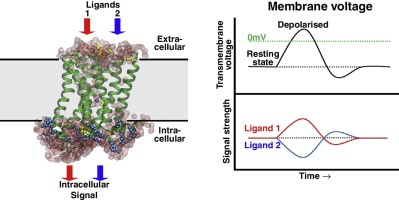
Owen's and Giulia's paper in Structure, in which a mechanistic model for voltage sensing in class A GPCRs is presented, is now available online here.
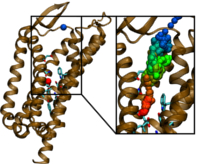
Our review of the method Computational Electrophysiology (CompEl) including a detailed users' guide and recent applications is now available as manuscript in press at BBA Biomembranes.
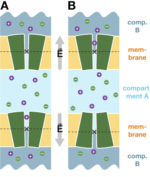
Welcome to our new Postdoc Salomé Llabres, see People.
Ed has joined the lab for two years, see People.
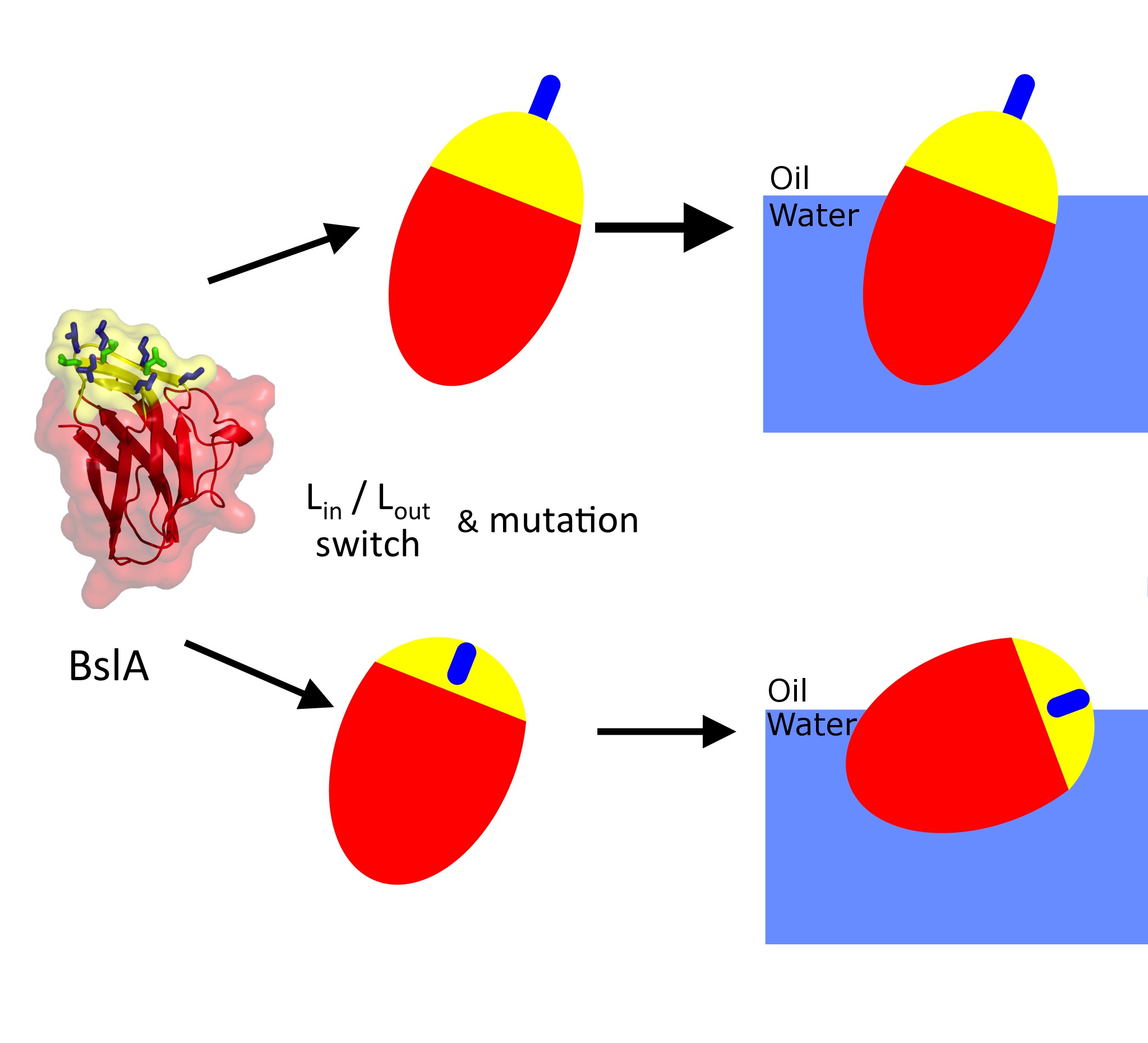
Giovanni's paper on the surface activity and orientation of BslA, which adopts more than one molecular form depending on where it is located, has been accepted at Langmuir, doi:10.1021/acs.langmuir.5b02347.
Welcome to our new Postdoc Alexander Krah and to Wellcome Trust Rotation PhD student Francesca Carrieri, see People.
Congratulations Owen!
An interdisciplinary, international collaborative effort unravels the anion pathway through coupled glutamate receptors, which are essential membrane proteins that terminate glutamatergic synaptic transmission and thus prevent neural excitotoxicity. See Cell 160, 542-553 (2015).
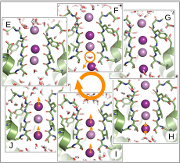
Together with colleagues from the Max Planck Institute for Biophysical Chemistry, the University of Göttingen and the University of Oxford, we have observed ion permeation in potassium channels which does not follow previously predicted pathways. See Science 346, 352-355 (2014).
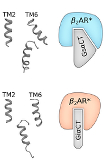
Through a collaboration with scientists from Berlin and Göttingen, we have found that different G-proteins bind to distinct cytoplasmic receptor conformations that coexist in the uncomplexed beta2-adrenergic receptor. See Rose et al., JACS 136, 11244 (2014).
We welcome Song Ke and Owen Vickery, who have just arrived in the team. Owen is a BBSRC-CASE PhD student with both an experimental and computational background and will work in close collaboration with Boehringer Ingelheim Pharma and Prof Tim Hales at the School of Medicine. Song is a PhD student from Anna Weinzinger's lab in Vienna who visits us until autumn 2014. See People.
Through a close collaboration with the groups of Mikio Tanabe from Halle and Paola Massari from Boston insight was achieved into the role of extracellular loops of the outer membrane channel PorB from Neisseria meningitidis, the causative agent of bacterial meningitis. Take a look at Kattner et al., J. Struct. Biol 185, 440 (2014).

CLS celebrates the formation of the new research division of computational biology - a truly interdisciplinary undertaking (see Press Release). We will be one of the four founding teams and move into the brand new CTIR building early next year.
CRM1 is the main exporting agent moving proteins out of the cell nucleus. It is an important new molecular target for cancer treatment and works by a unique dynamic mechanism. See Dölker et al., Structure 21, 1350.

We have developed a new method to quantify order in molecular and other multi-particle systems based on Shannon and conditional entropy. See Brandani et al., PLOS ONE 8, e65617.
Figure 3B from our paper on the structure and function of dermcidin (Song et al., PNAS 110, 4586) has been selected as the MRC Biomedical Picture of the Day.
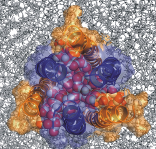

Biological cells enable the processes of life to occur within small, highly controlled compartments far from equilibrium. Cells are bounded by biomembranes, which are impermeable to many solutes and present a barrier to the exchange of matter and information between the outside and the inside of the cell. Since life requires a constant flux of matter and energy, specialized proteins have evolved that enable the transfer of ions, molecules, and signals between the cell and the external world. These processes are of such central importance for the life of cells that, in humans, about one-third of the genome encodes membrane proteins and almost one-half of all marketed drugs target membrane proteins.
A core interest of the group are the molecular mechanisms of membrane protein function, their interaction with drugs and substrates, and their wider environment inside lipid bilayers. Key present examples are membrane ion channels (e.g. the ion conduction efficiency and selectivity of potassium channels), pores in the outer membrane of bacteria that are found to be mutated in bacterial strains resistant to antibiotics (e.g., neisserial PorB), membrane surface receptors such as G-protein coupled receptors (e.g. muscarinic and opioid receptors and membrane transporters such as multidrug efflux pumps or AmtB. Often, we are especially interested in the role of realistic membrane potentials in the function of these proteins.
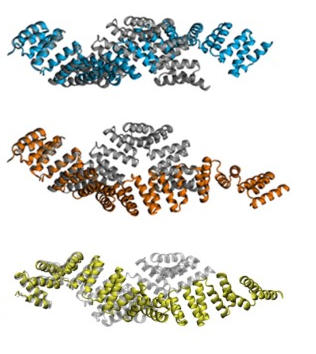
Proteins form the machinery of biological cells. A large proportion of the proteome in higher organisms consists of solenoid repeat proteins, in which small conserved structural units stack to yield extended structures with large water-exposed surfaces. These proteins often play a role in enabling tight protein-protein binding interactions or they can serve as structural scaffolds. Depending on the fundamental repeating unit, they can be classified as HEAT, leucine-rich, tetratricopeptide, ankyrin or armadillo repeat proteins. In alpha-helical solenoid proteins, the building blocks usually consist of two to three alpha-helices. Alpha-solenoids such as HEAT repeat proteins are often exceptionally flexible and elastic, features that are key to their biological functions. In recent years, we have focused on tetratricopeptide (TPR) domains (shown left), studying their biomechanics and the role of changes in TPR dynamics in human disease.
Several PhD studentships in the area of computational biophysics, molecular modelling and simulations as well as chemoinformatics/machine learning
are available in the group.
The positions are fully funded through MRC, BBSRC and Wellcome Trust PhD programmes.
For more information, see Jobs and follow the link there.
We are looking for biochemists, chemists, biologists and physicists interested in working at the interface between the traditional disciplines. Contact us if you are interested in studying the mechanisms that drive biology with a view to developing drugs - and if you like computational work. For a clearer picture, read more about our past and present research and have a look at our publications.